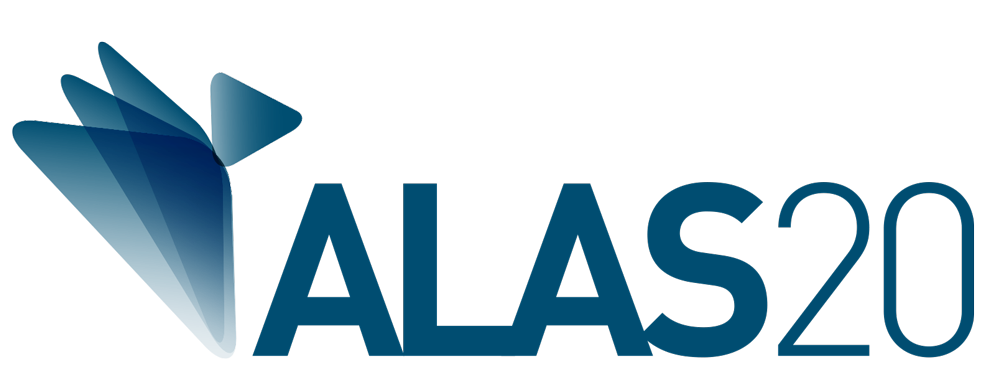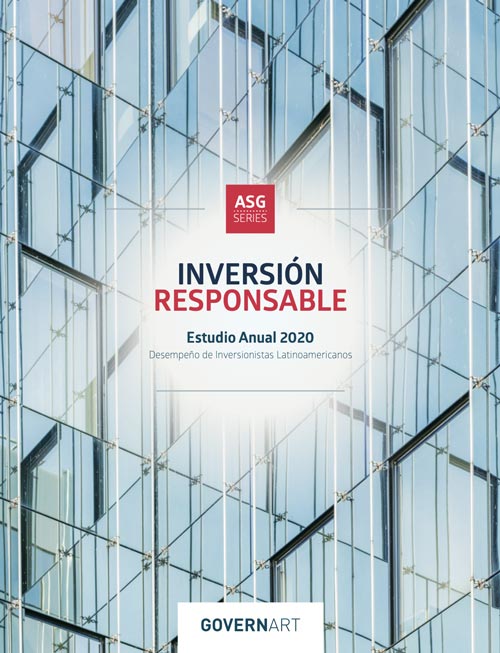[vc_row css=».vc_custom_1419343682788{background-color: #f7f7f7 !important;}» row_type=»row» type=»grid» text_align=»left»][vc_column css=».vc_custom_1419344176762{background-color: #ffffff !important;}»][vc_column_text]
Sergio Agapito Lires Rial
Banco Santander Brasil[/vc_column_text][vc_separator type=»transparent» position=»center» thickness=»20″][vc_row_inner row_type=»row» type=»grid» text_align=»left»][vc_column_inner width=»1/4″][vc_single_image image=»4586″ img_size=»full» border_color=»grey»][vc_column_text][/vc_column_text][/vc_column_inner][vc_column_inner width=»3/4″][vc_column_text]
1. In your role as CEO, could you describe specifically a project that has led and which stands out for its contribution to sustainable development in the last 12 months?
There is a misconception in society that banks, unlike the industry, do not consume natural resources in significant amounts. The mistake rises from the fact that the consumption of resources in financial institutions is dispersed, and therefore less visible.
But let us in look into the numbers: in Banco Santander Brazil´s case, we have a physical network of over 3,000 branches and banking service centers; we have almost 50,000 employees; and process transactions of over 30 million customers regularly. It is a huge operation.
Although the impact of each branch or transaction separately is modest, the impact of the aggregate of our activities is unarguably relevant, from the social, environmental or economic point of view. It is our duty therefore to be disruptive, or as I say «to get out of our comfort zone,» and seek innovative ways to use natural resources more efficiently.
The Bank has always adopted sustainable technologies in its operations, but did not have a detailed view of how each resource was being consumed for each installation and where the distortions were. To improve our management, during the first semester of this year, we started a program called Fit to Grow, which aims to put the company «in shape» to grow fast and with quality.
This initiative places our processes under a magnifying glass. It is based on a matrix that shows the level of consumption of each branch, and specifies the desired level of consumption of each agency, according to their size, number of customers, location, air conditioning model, presence or absence of the escalator, among other factors. It is a living model, improved day-to-day based on the refinement of a multitude of data that our team has been processing and analyzing.
After creating this matrix, we made the decision to decentralize management and to make the general managers responsible for the efficient use of resources in their branches. When we identify dispersions in consumption, the manager, who is responsible, is contacted so he can quickly determine the causes and correct the inefficiency. This way, we preserve a centralized vision, at the same time that we turn our process of problems solution much more dynamic and less bureaucratic.
This work creates positive results that go beyond the economic dimension. With the decrease of deviations, optimized processes and recently launched digitization initiatives we significantly reduced environmental impact. Considering only paper consumption, we have a reduction of 549 tons of CO2 this year alone.
2. Please indicate specifically how will you lead in the next 6 months from your role as CEO, the measurement and reporting of environmental, social information, and corporate governance (ESG) in order to facilitate the institutional investors and the capital market in general, the knowledge of the sustainable performance of your company.
In order to meet this demand of society effectively, we need to be very assertive in three ways. First, to have the courage to adopt the highest standards of transparency and expose entirely conclusive data on the operations. Second, to consider the main benchmarks of the market, the criteria common to all companies so that the information disclosed will be truly comparable; and finally to have the leaders of the organization as the main spokespersons on social, environmental and governance performance in order to ensure to stakeholders, that this is highly relevant issue.
These principles have been guiding our actions from the beginning and will continue not only during the next six months, but permanently. Today, Banco Santander Brasil publishes its performance following criteria and tools of leading organizations in this field, such as GRI, CDP, IIRC and ISE (Corporate Sustainability Index of the Bovespa). I can say that we are a reference in this regard and we will continue to improve. Complementarily, as CEO, I have sought to emphasize this issue and transmit highlight of information in presentations with major investors, either directly or through the press. In the first half of the year, we changed the dynamics of our quarterly results and included a debate on the investments we have made for society. We also addressed the achievement of goals oriented to the community at the Investor Day in London, where we met with large investors of Grupo Santander worldwide.
[mk_button dimension=»three» size=»medium» outline_skin=»dark» bg_color=»#f78e51″ text_color=»light» icon=»mk-moon-arrow-left-6″ url=»https://www.alas20.com/acceso-jurado-alas20-brasil-2016/» target=»_self» align=»left» id=»02″ margin_top=»0″ margin_bottom=»0″]VOLVER[/mk_button]
[/vc_column_text][/vc_column_inner][/vc_row_inner][/vc_column][/vc_row]


